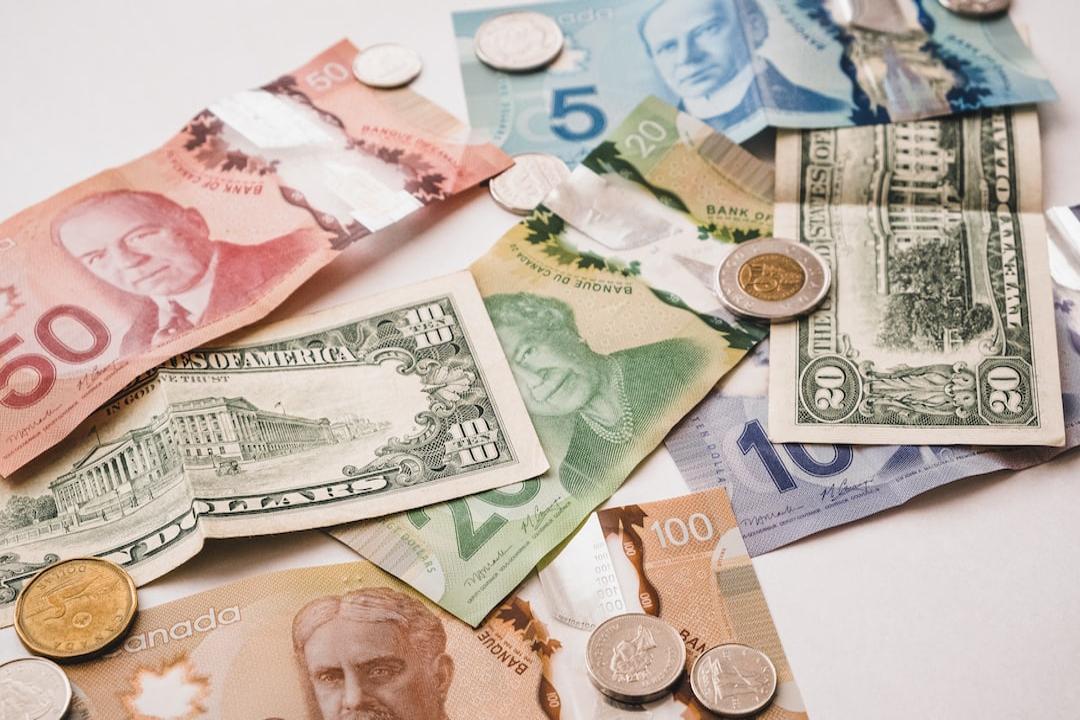Brazil’s Leading Bank Explores Stablecoin Launch While Cautiously Awaiting Regulatory Guidelines
Itaú Unibanco, Brazil’s largest bank—with over 55 million customers—is exploring the creation of a stablecoin.
A local news report on April 1 quoted Guto Antunes, the bank’s digital assets head, who spoke about the development at a São Paulo event.
The bank sees potential in stablecoins for enabling atomic transactions that reduce fraud risk, but is proceeding cautiously as it awaits Brazil’s regulatory framework through Public Consultation No. 111, which could restrict how stablecoins are used in the country.
U.S. Government’s Opposition to CBDCs Drives Stablecoin Launch Interest
The banking giant is adopting a strategic due diligence approach to this initiative. It’s also prioritizing regulatory compliance by awaiting Brazil’s finalized stablecoin framework.
This interest increased after the US government changed its position on cryptocurrencies. President Trump now opposes central bank digital currencies, favoring private stablecoins instead. This policy shift has drawn the attention of major financial institutions worldwide, including Itaú.
Guto Antunes explained that Itaú has always considered creating a stablecoin. The bank recognizes blockchain’s value, especially in facilitating atomic transactions, which are final and irreversible once completed.
Neither party can back out, which reduces fraud risk. A stablecoin, designed to mirror the value of a traditional currency like the U.S. dollar, facilitates such transactions. It combines this stability with blockchain’s advantages of speed, security, and transparency.
Furthermore, stablecoins don’t need middlemen like banks for transfers. This makes the process faster and more efficient.
Public Consultation Key for Advancing Stablecoin in Brazil
Antunes thinks Brazil’s rules will decide whether Itaú’s stablecoin succeeds. The Central Bank will also play a key role in this. Public Consultation No. 111 represents a key part in this process.
This regulation seeks to increase oversight of companies that provide virtual asset services. It also addresses their role in foreign exchange transactions. The most controversial aspect of the proposal involves restrictions on transferring foreign currency-backed stablecoins to self-custodial wallets.
Under the draft regulation, VASPs would be prohibited from facilitating such transfers, which could significantly impact how stablecoins are used in Brazil. Given these potential restrictions, Antunes stressed that the consultation’s outcome will be instrumental in determining where financial institutions like Itaú can move forward.
The importance of this regulatory decision is showcased in Brazil’s growing crypto adoption. In November 2024, data from Brazil’s Internal Revenue Service (RFB) showed that nearly 4.4 million Brazilians transferred $4.2 billion in cryptocurrency in September alone.
Stablecoins played a dominant role, accounting for 71.4% of the total transaction volume, roughly $3 billion, with Tether’s USDT leading at $2.77 billion. Despite the regulatory challenges, Antunes reaffirmed his support for the self-custody of stablecoins, an option that would be restricted under the current version of Consultation 111.
The U.S. Stablecoin Market Demonstrates Long-Term Viability
The dominant players in the U.S. stablecoin market are USDT and USDC, issued by Tether and Circle. These tokens currently hold market values of over $144 billion and $60.7 billion, respectively. This dominance underpins the resilience and stability of the U.S. dollar-backed stablecoin market, which continues to grow.
In March, the total market value of stablecoins surpassed $230 billion, with large contributions from increased regulatory approval and the growing participation of institutional investors. Prominent financial entities are entering the stablecoin space at the same time. Fidelity, a popular asset management firm, is reportedly preparing to launch a stablecoin that will be pegged to the U.S. dollar, for example.
Custodia Bank and Vantage Bank have also initiated DeFi projects, launching the first U.S. bank-issued stablecoin on a permissionless blockchain. Antunes confirmed that Itaú is actively monitoring these international initiatives.
Whether Itaú succeeds in bringing a stablecoin to market—and under what conditions—could determine if financial inclusion expands to reach more Brazilians or remains constrained by traditional barriers. As both global and local banks navigate this technological transition, the resulting models may reshape how money moves not just in Brazil, but throughout Latin America.

